A most natural extension of motherhood, breastfeeding is essential for the health and survival of a newborn. Breast milk meets the complete nutritional requirements of a baby up to six months of age. It is also packed with antibodies and protects the baby against a host of common childhood illnesses, such as diarrhoea and ear infections until the baby’s immunity is fully formed. It also decreases the risk of obesity and diabetes later in life.
For the first six months, babies should only be fed breastmilk. Although they can eat other foods after six months, breastfeeding can be continued for up to two years of age as it is a rich source of nutrients and energy essential for the healthy growth and development of the baby.
Here is a quick A to Z on breastfeeding a baby for every new mom!
What’s the correct breastfeeding position?
There is no perfect breastfeeding position. You can try different positions, some of which are given below, and find the one most comfortable for you and your baby.The cradle-hold:
- Grab a seat, preferably in a comfy chair or bed.
- Hold the baby on your forearm with their head near your elbow and the palm supporting their backside.
- Turn the baby to face you. Make sure their ear, shoulder, and hip are in a straight line, and lift them to your breast. With the other hand, support your breast.
- Crossover or cross-cradle hold is similar to cradle-hold, except the baby’s head, neck and shoulders are supported by your palm and the baby’s backside by the crook of your elbow. In this position, you can control how deeply your baby can take your breast in their mouth.
- In both these positions, you may use pillows to bring the baby to your nipple level.
Side-lying hold: This position is comfortable for a night-time feed or if you have had a caesarean section.
- You and your baby should lie on your sides facing each other.
- One of your hands should be under your head, while the other can support the baby’s head
- Place a rolled-up blanket behind the baby for support.
- Place a pillow on the side you are feeding on.
- Hold your baby on that side with your palm supporting their neck and legs under your arm.
- Gently raise them to your nipple.
Some things to avoid while breastfeeding includes the following:
- Not holding your baby close enough to comfortably breastfeed
- Applying pressure on the back of your baby’s head
- Your baby’s feet pushing against a hard surface
- Your baby’s nose getting pressed up against your breast
Your baby should take much of the areola (dark-coloured skin around the nipple) into their mouth with their lips turned outwards when feeding.
How frequently and how much should you feed?
On-demand feeding – breastfeeding your baby when they show signs of hunger, such as licking their lips, opening their mouth, or moving their head in search of a breast – is a recommended method. Newborns generally breastfeed for about twenty minutes on one or both breasts but as they grow older, they may feed for five to 10 minutes at each breast.Babies need to feed every 1-1/2 to three hours initially but the frequency decreases as the baby grows. A good indicator that your baby is feeding well is that the baby wets their diaper about two to three times a day initially, which increases to about five to six times a day after four to five days. An adequately-fed baby will generally be about double their birth weight at five months and about triple their birth weight at one year of age.
Why and how to burp post-feeding?
It is quite common for babies to swallow some air during feeding, which may cause gas, spit-up or crankiness. Burping gets rid of some of the trapped air. If your baby is uneasy during feeding, burp them before you continue feeding.When burping, hold your baby in an upright position and slowly rub or pat the back for a few minutes. Using a cupped hand instead of a flat hand is gentler on the child. Keep a towel below the baby’s chin to prevent a messy, wet burp.
Breastfeeding vs formula feeding
Breastfeeding is good not just for the baby but also for the mother’s health. It helps decrease the risk of cancer of the ovaries and breasts, high blood pressure, and type 2 diabetes in mothers. Breastfeeding baby goes a long way toward keeping them in good health and reduces the risk of conditions like type 1 diabetes, gastrointestinal infections, severe lower respiratory disease, and sudden infant death syndrome.
References:
- World Health Organization. Breastfeeding.
- NHS. How to breastfeed: breastfeeding positions.
- KidsHealth. Nursing positions [2018].
- KidsHealth. Breastfeeding FAQs: how much and how often [2019].
- American Academy of Pediatrics. How often and how much should your baby eat? [2020].
- NHS. How to breastfeed- Burping your baby.
- Centers for Disease Control and Prevention. Recommendations and benefits [2019].



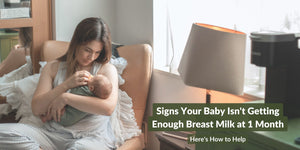



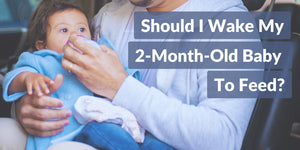
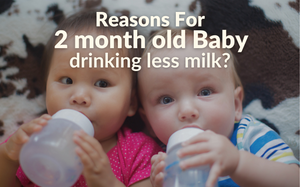
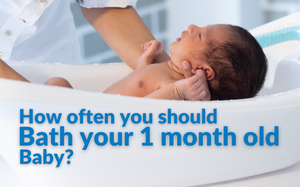
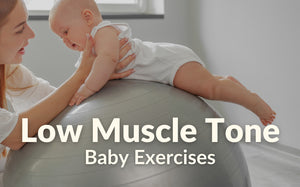


LEAVE A COMMENT